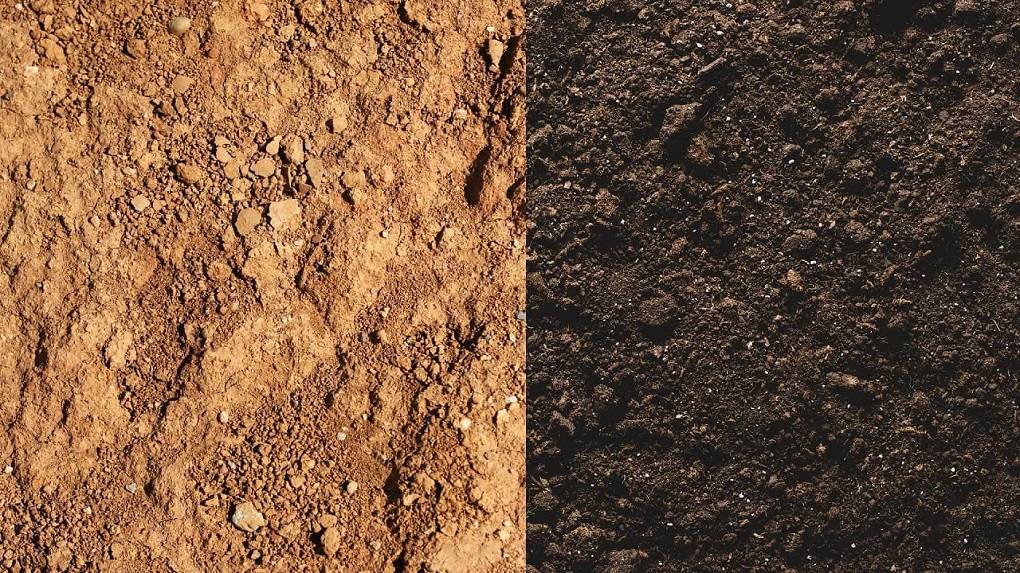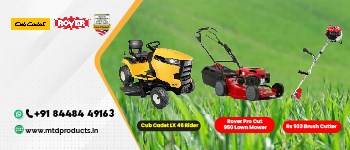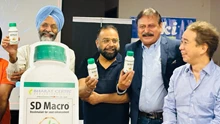
Understanding the difference between soil and dirt can help you improve your gardening skills and make your plants healthier. Let's explore these differences and learn how they impact plant growth.
What is Soil?
Soil is a living and dynamic entity that is essential for plant growth. It is a mixture of organic and inorganic materials that interact with each other in complex ways. Soil consists of minerals, water, air, organic matter, and living organisms like bacteria, fungi, and worms. These elements work together to provide the necessary nutrients and environment for plants to grow and thrive.
Healthy soil is full of life and contains a diverse range of microorganisms that help break down organic matter, release nutrients, and improve soil structure. It is also able to retain water and nutrients, which is important for plant growth. Soil can be found in various types, such as clay, sand, and loam, which have different properties that affect plant growth.
What is Dirt?
Dirt, on the other hand, is dead and lifeless soil. It is a mixture of minerals and organic matter, but it lacks the living organisms that make the soil so dynamic. Dirt is typically found in areas where the topsoil has been eroded or removed, such as construction sites or areas with heavy foot traffic. Unlike soil, dirt does not provide the necessary nutrients and environment for healthy plant growth.
Why Soil is Important for Plants?
Soil is vital for plant growth because it provides the necessary nutrients, water, and environment for plants to grow and thrive. Healthy soil contains a variety of microorganisms that help break down organic matter and release nutrients like nitrogen, phosphorus, and potassium. These nutrients are essential for plant growth and development, and they are absorbed through the roots of the plant.
Soil also provides a stable environment for plants to grow in. It supports the plant roots and helps them absorb water and nutrients from the soil. Healthy soil is able to retain water, which is important during dry periods. Additionally, soil pH and nutrient levels affect plant growth and can be adjusted to optimize plant health.
Why Dirt is Bad for Plants?
Dirt, on the other hand, does not provide the necessary nutrients and environment for healthy plant growth. It lacks the living organisms that make soil dynamic and healthy. Dirt also does not retain water and nutrients as well as soil, which can lead to waterlogging and nutrient deficiencies.
Dirt can also contain harmful contaminants like heavy metals, pesticides, and chemicals. These contaminants can accumulate in the plant and harm both the plant and the consumer. Dirt should not be used for gardening, as it can lead to poor plant growth and health.
Which Is Better for Plant Growth: Soil or Dirt?
When it comes to plant growth, the soil is generally considered to be better than dirt. This is because the soil contains a variety of organic and inorganic materials that provide the necessary nutrients, structure, and moisture retention for healthy plant growth. Soil also has the ability to hold onto moisture better than dirt. This is because the organic matter in soil can absorb and retain water, making it available to plants over a longer period of time. In contrast, dirt can quickly become dry and difficult for plants to grow in, as it lacks the ability to hold onto moisture.








